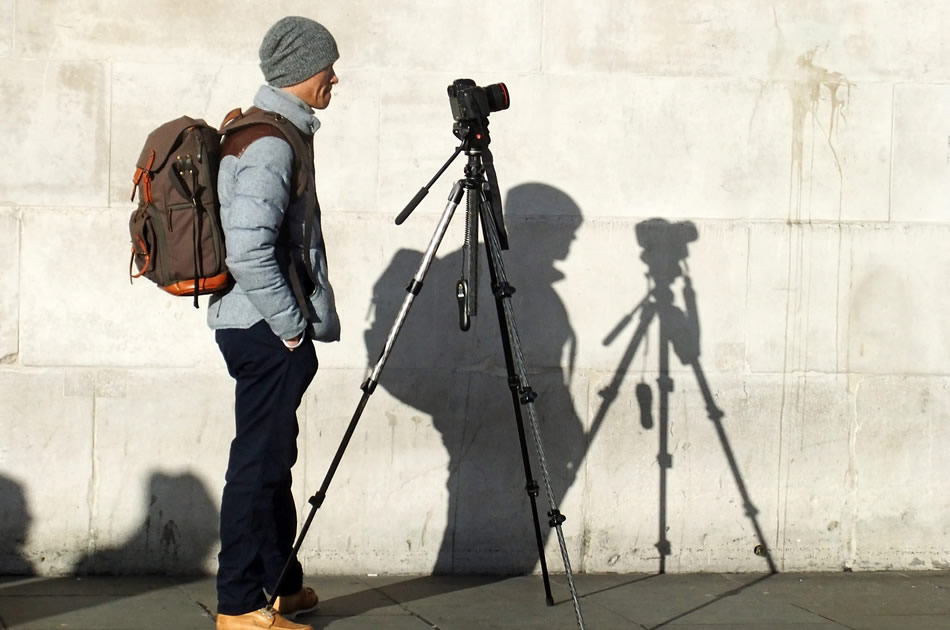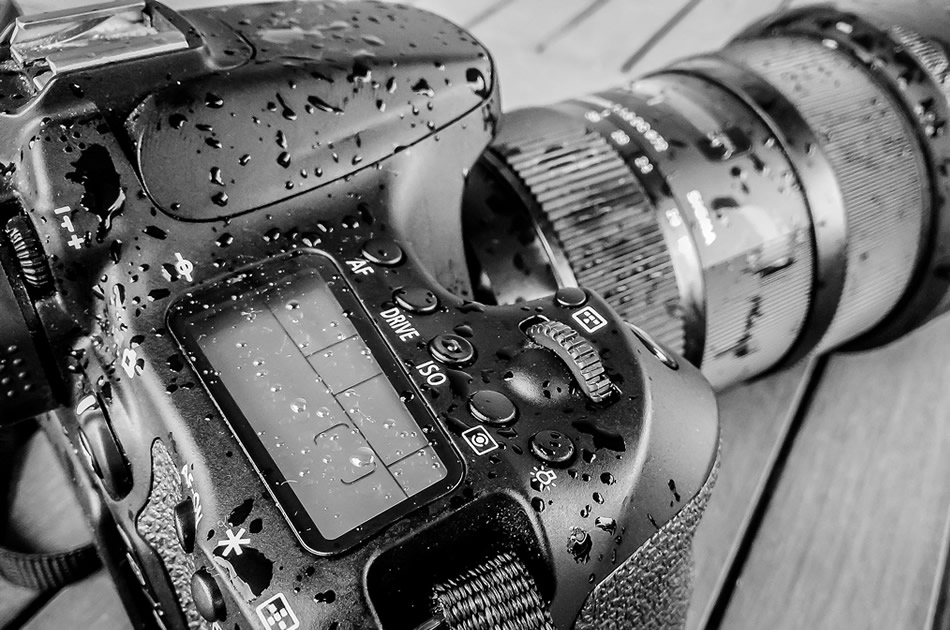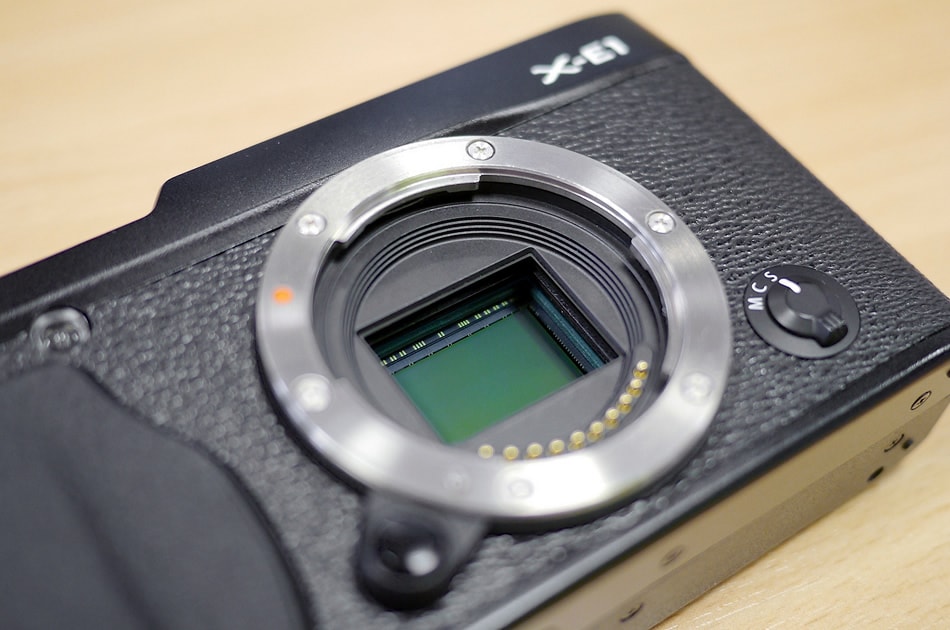The Worst Ways to Damage Your Camera (and How to Avoid Them)
Your digital camera is your baby, and that means that you should take care of it…very good care of it. Unfortunately, some photographers still have a problem with this, and that’s when avoidable damage happens to your camera.
The key word here is “avoidable.” What a pity it is to hurt your baby’s looks and functions when that doesn’t need to be! With just a few, simple steps, you can ensure that it stays undamaged for a good, long time to come.
Here are some of the worst ways to damage your baby and some of the practical and easy things you can do to show it how much you really should care for it.
Letting Your Guard Down (It Attracts Thieves)
When we speak of damage, we normally think stuff that breaks your camera, but the last thing you want is thieves actually stealing your camera and any associated equipment. You don’t want to lose something that valuable, nor do you want to shell out big bucks to replace it!
Well, if you let your guard down, you just may have your camera stolen when you least expect it.

Image by Martin Cooper
Here’s an example. If you don’t watch where you set down your camera gear and how accessible it is to anybody, then you’ve let your guard down. That makes it just so much easier for anybody to swipe it. The same thing goes for the type of camera bag you use. If it’s a really nice one that’s obviously stashing a nice camera – chances are that thieves will notice, too!
Instead, if your surroundings are risky or you think they could be risky, don’t set your gear down. Just keep it on your body. Also, use a more discreet camera bag, one that’s not obviously meant to carry an expensive camera.
The Camera Gets Wet
Wetness and moisture are two other big risks that can really do damage to your camera. Water goes after your camera in many, different ways. In the worst way, water can take out your camera immediately – just ask any digital camera owner who’s unfortunately ever dropped his camera into baths, rivers, toilets, etc…

Image by Jim Makos
Water can hurt your camera in less obvious ways that will be damaging, too, though. We’re talking about condensation here. Condensation happens somewhat insidiously, as when you travel from one temperature to another with your camera. This can occur when, for instance, you leave your air-conditioned hotel room to take some shots of the beach during a hot, humid day.
Keeping your camera safe from water is more about common sense than anything else, luckily! When it comes to water, just carry the camera around your neck or with a wrist strap, so that it doesn’t accidentally fall into bodies of water. As for condensation problems, simply keep silica gel packs in your camera bag because they can help to absorb moisture around your camera.
Oils and Chemicals Touching Your Camera
Oils and chemicals that seem innocuous since your camera can get into contact with them on a daily basis are another danger. Believe it or not, DEET, a substance prevalent in insect repellants, is truly harmful because it can actually eat away at the body of your camera. This can eventually lead to total destruction, so keep any insect repellants far, far away from your precious camera!

Image by Mark Tighe
Sugar is not just too sweet for you, but it’s also harmful to your camera. This includes soft drinks (pretty obvious), beer and wine – basically, any substance or liquid that has sugar in it. A good rule, then, would simply be not to eat or drink while photographing and exercising some discipline and professionalism that way, too.
Even oils from your body will be a dilemma when they touch your camera. This includes sweat and grime from your skin, for example. For women, even wearing mascara can cause problems, so you may want to skip mascara when you’re photographing, as it can get on the viewfinder and be hard to remove after a shoot.
Dust & Sand & Dirt: The Nuisance Trio
These three usually come together, which will escalate your camera-damage woes all the more. To be specific, dust is probably the least damaging of the three, only in that it doesn’t do direct damage to your camera body. Yeah, it’s annoying if it destroys a photograph if it gets onto your sensor, but a quick clean and even a touchup in post-editing should fix the image just fine.

Image by Kārlis Dambrāns
Sand and dirt, however, are two, different stories. Sand and dirt particles are bigger than dust, which is what make them more threatening to your camera’s longevity. These size particles could potentially get right into your camera, interfering with its moving parts, going after the sensor, and stopping the camera from functioning properly just like that.
There’s only one way to protect your camera from these three terrors: Use a camera bag and even individually shield the camera body and lenses. Your camera bag should be sturdy enough to keep out unwanted particles. You can wrap your camera body and lenses in their own, sealed cases or bags, yet it’d have to be a pretty severe environment to warrant this type of protection.
You Are in Control
Yup, there are some pretty nasty ways to damage your camera. It’s just awful how your precious baby can really come under attack in a whole number of ways! Just remember that you’re always in charge of making the right decisions to ensure that no damage – or as little as humanly possible – gets done to your camera.
Sometimes, protection can come down to common sense, as in the case of guarding against theft or not allowing your camera near any body of water. Other times, protection is a downright exacting job, as when you have to wrap your camera and lenses separately in their own cases if you’re going to a sand- and dirt-heavy shooting location.
All told, by having some foresight and really thinking about how you treat your camera, you’ll be able to make smarter decisions to extend its life. Good luck!
